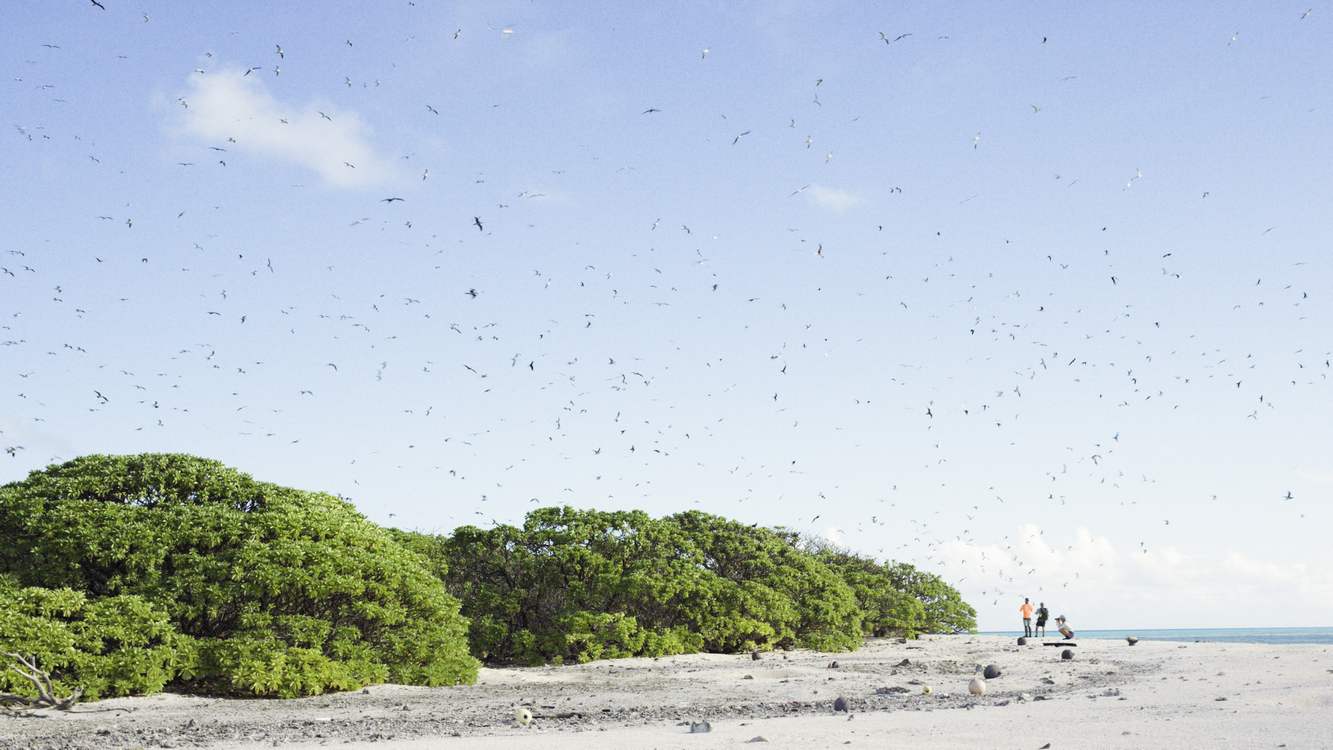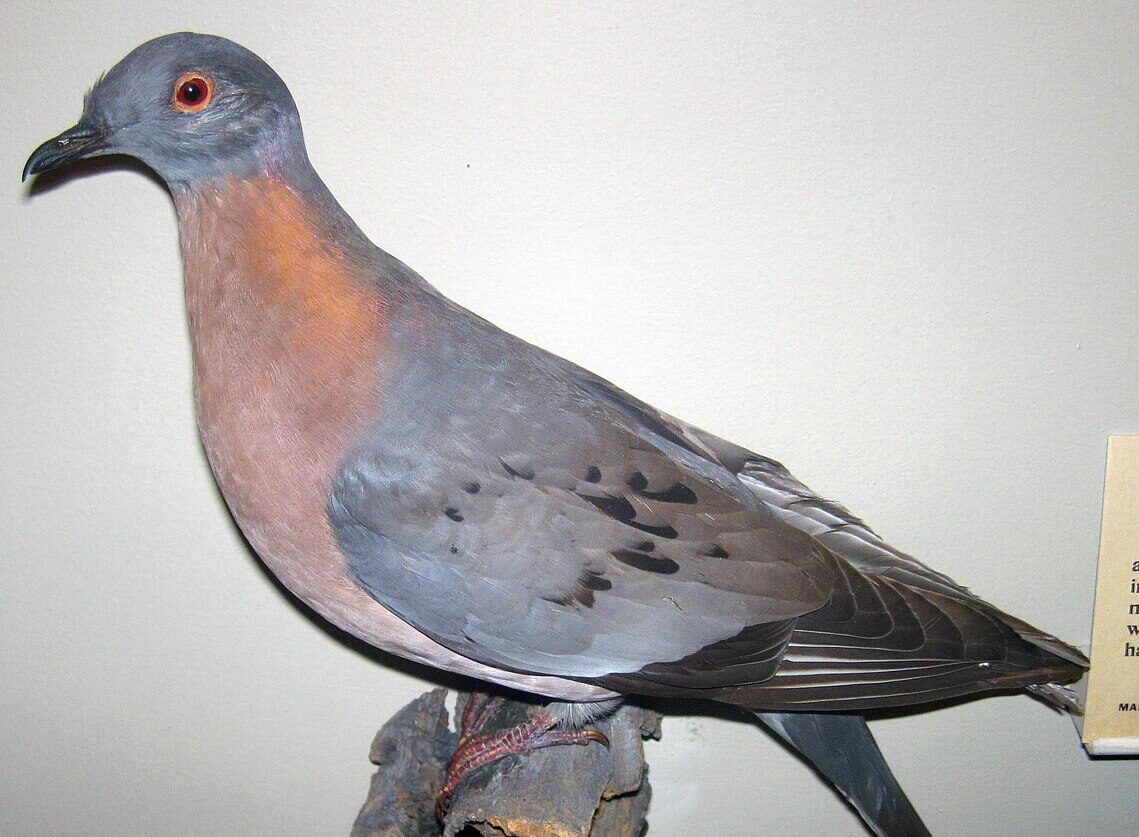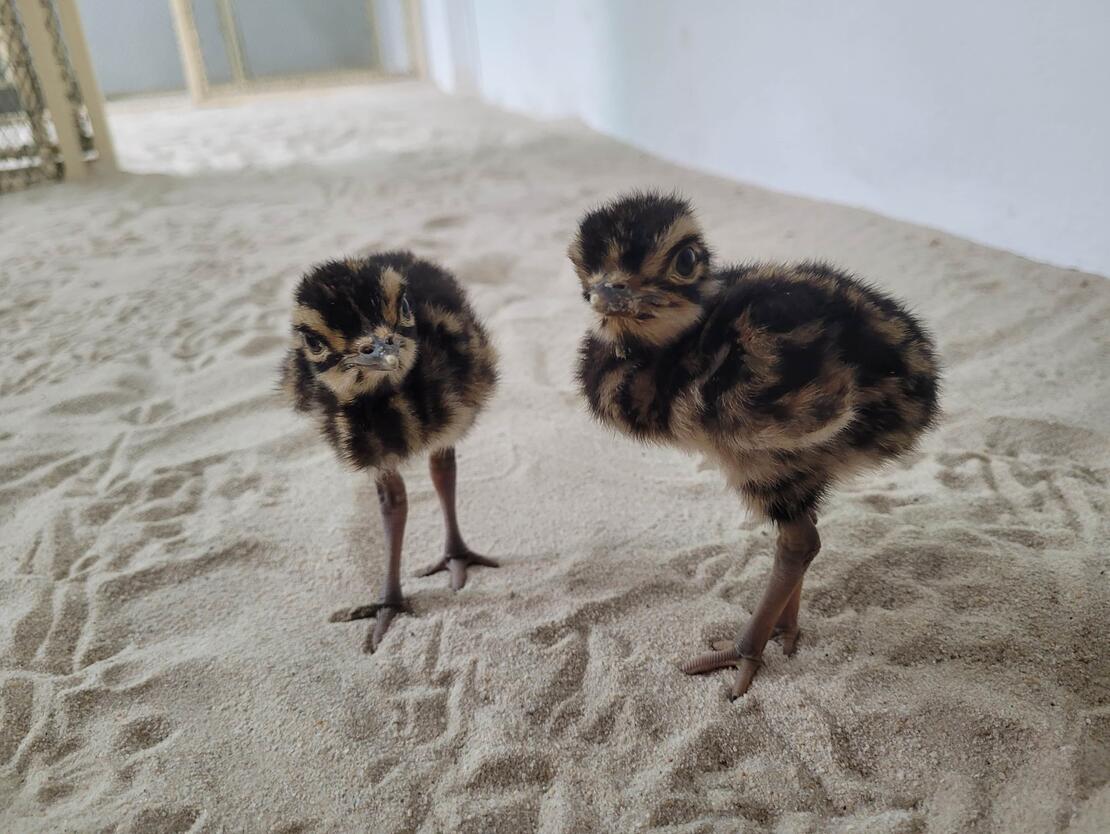WASHINGTON D.C. June 25th 2020. Interior Secretary David Bernhardt has designated June 22nd through the 28th as National Pollinator Week to help focus awareness along the Department’s various agencies on the declining numbers of pollinators across the United States.
Generating roughly $15 billion in crop production, and bearing the responsibility for pollinating 90% of the world’s 107 most important crops as well as 75% of all plants on earth, bees and other pollinators maybe deserve a National Pollinator Month, rather than just 6 days.
“I call upon the American public to join us in recognizing the importance of pollinators and the stewardship role the department plays in providing valuable pollinator habitats throughout the nation,” wrote Sec. Bernhardt in his order.
Pollinator species, including winged insects like bees, butterflies, and moths, nectar-feeding birds like hummingbirds, as well as lizards and mammals like bats, are in serious decline all over the world. Many theories exist as to why such an important and varied group of animals are disappearing, everything from light pollution to climate change, and the answer is probably a combination of all of them.
However you don’t have to be join in being an enemy of bees and butterflies, and whether you have five acres behind your house or just a small balcony garden, there are plenty of easy things you can do to make your presence a pollinator-friendly one.
Legitimate actions you can take to help pollinators
There are a lot of solutions to help pollinators feel welcome on your property – some free, others cheap, and others still costly, but all depending on how much you feel you want to can contribute.
Plant species pollinators like
If you give someone a hard time for using too much weed-killer on their lawn, but you plant a bunch of annuals from Japan that the bees in your area can’t smell or have never seen, you’re not helping either. It can take less than an afternoon to find out the species of pollinators in your area, and then plant the native perennials they like.
If there are in fact flowers from Japan you’ve always wanted, it’s a free country, but maybe consider putting them next to a row of local varieties. Local garden shops are a great place to find resources and information on which species are local to your area. You can also buy “bird friendly” or “bee-friendly” seed packets which contain a variety of different seeds from wildflower species.
Stop using herbicides and pesticides
Next time you grab your RoundUp or equivalent product, remember that herbicides reduce the availability of floral resources on which pollinators depend. Many species of flower that one imagines seeing pollinators visiting are because they need the energy of the nectar.
Many of the most common weeds grow flowers which produce far more nectar than others, for example dandelions, which the new leader of the British Ecological Society said her appointment address are critical early-season food resources for bees, and that if they were rare, British people would be hoarding them.
Join the National Pollinator Garden Network
Part of the Million Pollinator Garden Challenge, the NPGN is a registry of ordinary people’s balcony and lawn gardens. Surpassing 1 million pollinator-friendly gardens last year, they encourage the planting of pollinator-friendly species and offer free resources to newbie green thumbs looking to make a difference. After the blooming happens, take some photos of your patch and send them in to get registered.
According to the National Wildlife Federation (NWF), one of the project’s partnering organizations, protecting pollinators is crucial to our food supply.
“Together, through collaborative conservation we are restoring pollinator populations that provide the foundation of our ecosystems and our food supply,” said NWF CEO Collin O’Mara. “When we save wildlife, we save ourselves”.
Turn off outdoor lights at night, or use dull, amber colors
Do you really need your garden to be brightly illuminated while you’re sleeping? It may seem like a trifle, but many species of pollinators are nocturnal, and artificial light can disorient them, hurt them, or keep them away from your flowers entirely. Light pollution is a major problem, and if you can’t get the city or town council or the HOA to pledge to keep outdoor lighting to a minimum at night, there are also some things you can do on your own.
Bats, the most important mammal pollinators, won’t go anywhere close to bright light during nighttime, while moths, whose navigational abilities are based on the delicate glow of the moon or stars, can become disoriented by the lights outside your house. Turn off outdoor lighting after dark, install motion sensors, or or use solar-powered lights which only emit a dull amber glow which is nocturnal-pollinator friendly.
Gardening is a rich and centuries old tradition, and there’s no sense one can’t apply their hobby, passion, or past time into something that can help change the world.







